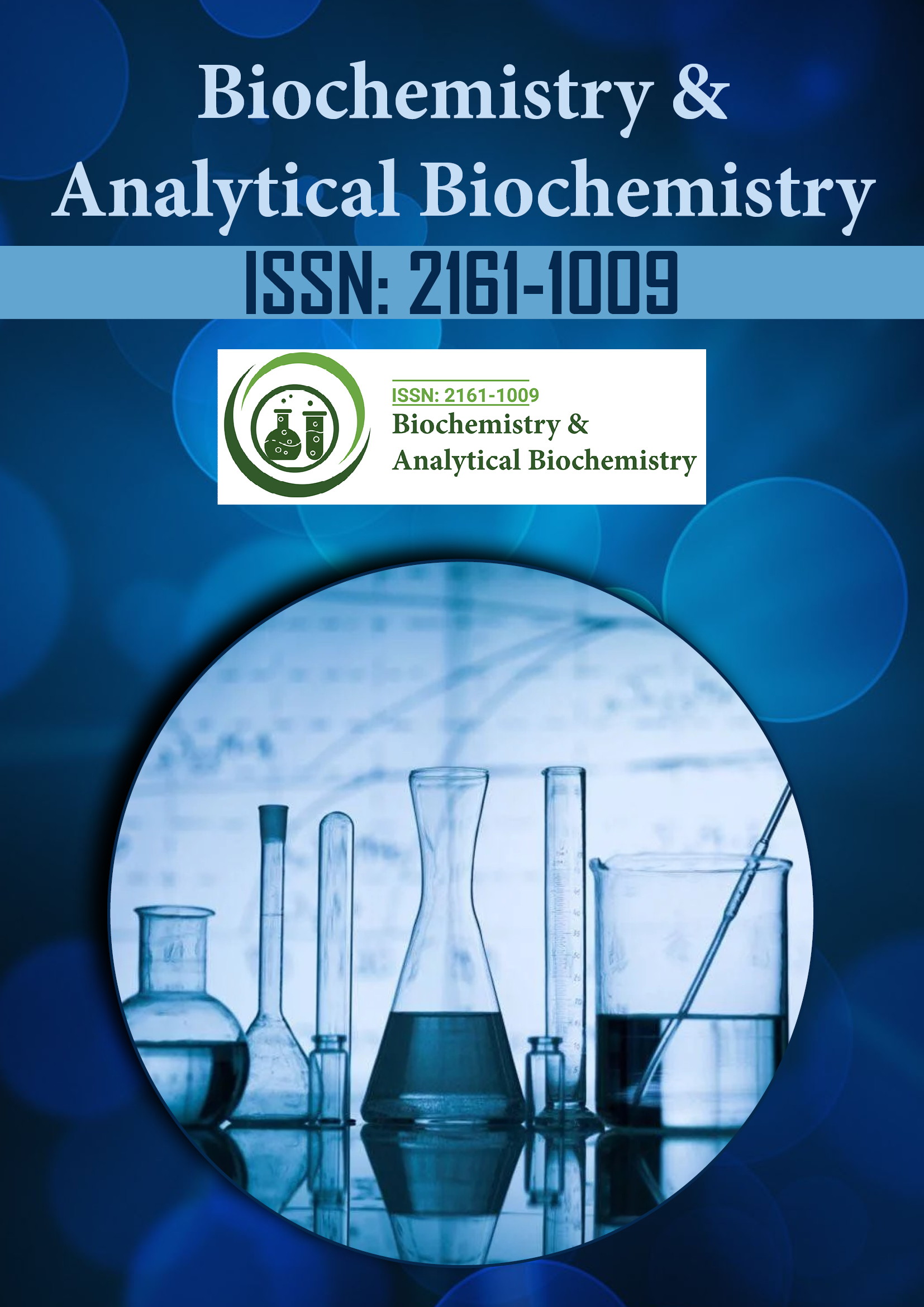indexado en
- Abrir puerta J
- Genamics JournalSeek
- InvestigaciónBiblia
- Búsqueda de referencia
- Directorio de indexación de revistas de investigación (DRJI)
- Universidad Hamdard
- EBSCO AZ
- OCLC-WorldCat
- erudito
- Publón
- miar
- pub europeo
- Google Académico
Enlaces útiles
Comparte esta página
Folleto de diario

Revistas de acceso abierto
- Administración de Empresas
- Agricultura y Acuicultura
- Alimentación y Nutrición
- Bioinformática y Biología de Sistemas
- Bioquímica
- Ciencia de los Materiales
- Ciencia general
- Ciencias Ambientales
- Ciencias Clínicas
- Ciencias farmacéuticas
- Ciencias Médicas
- Ciencias Veterinarias
- Enfermería y Cuidado de la Salud
- Genética y Biología Molecular
- Ingeniería
- Inmunología y Microbiología
- Neurociencia y Psicología
- Química
Abstracto
Estrategias y herramientas para la detección de la S-nitrosilación y la S-sulfhidratación de proteínas
YoungJun Ju, Ming Fu, Lingyun Wu y Guangdong Yang
El H2S interactúa con el grupo tiol libre en los residuos de cisteína activos de las proteínas objetivo y forma una fracción de hidropersulfuro (-SSH), denominada S-sulfhidratación, que es similar a la regulación de la proteína por óxido nítrico (NO) mediante S-nitrosilación. Ahora se propone que la S-sulfhidratación de proteínas media la mayoría de las bioactividades del H2S en varias funciones celulares. Se han desarrollado varios métodos para la detección de S-nitrosilación y S-sulfhidratación. El reconocimiento selectivo de hidropersulfuro (SSH) es un objetivo principal para la detección de S-sulfhidratación. La S-sulfhidratación de proteínas se puede detectar mediante un ensayo de cambio de biotina, que se desarrolla y modifica aún más en función de los enfoques de detección para la S-nitrosilación de proteínas. Aquí destacamos las diferentes herramientas para la detección de S-sulfhidratación y S-nitrosilación de proteínas , y proporcionamos estrategias para desarrollar nuevos métodos para localizar los residuos de cisteína modificados.